Quilting and the Houston Quilt Show
by Andrew Boyd
Today, a stitch in time. The University of Houston’s College of Engineering presents this series about the machines that make our civilization run, and the people whose ingenuity created them.
It's the biggest show of its kind anywhere. For a week in November, people from around the world descend on Houston — the nation's oil capital — with only one thing on their minds: quilting.
The numbers are truly staggering. Sixty-thousand attendees. One thousand booths where vendors display everything from books to sewing machines. According to the show's organizers, quilters in the United States alone spend more than three and a half billion dollars on quilting every year. That's more than hunters spend on hunting or golfers spend on golfing. With figures like that, I realized I couldn't miss the Houston quilt show.
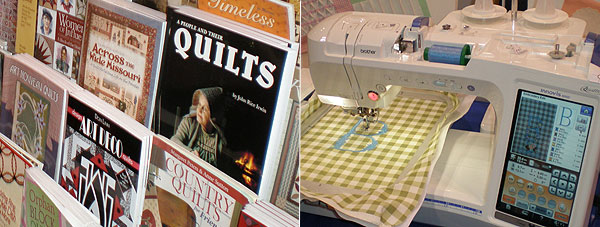
Quilts are made of three layers. The top layer is decorative, while the bottom or backing layer is usually plain. In between sits a layer of insulating material called batting. Quilting began as a simple, functional way to make thick, warm, soft bedding.
Quilt tops are often made by piecing together small patches of different fabrics. The layers of a quilt must be stitched together, and the designs made by this stitching or quilting are often more intricate than the mosaic of fabrics.
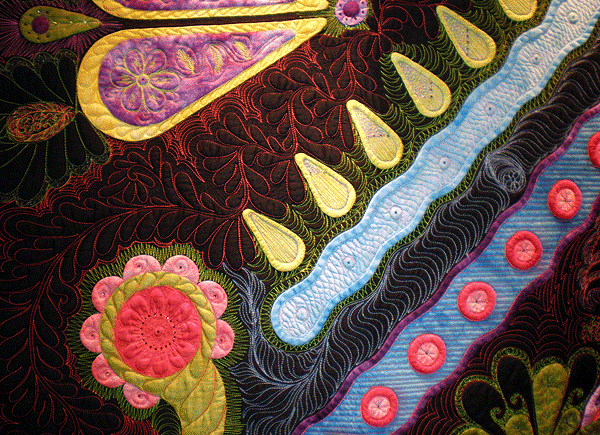
For much of history quilting was done by hand, but sewing machines are now considered acceptable by quilting enthusiasts. For quilting professionals, specialized long arm quilting machines are available that rival the robotics found in car manufacturing facilities.
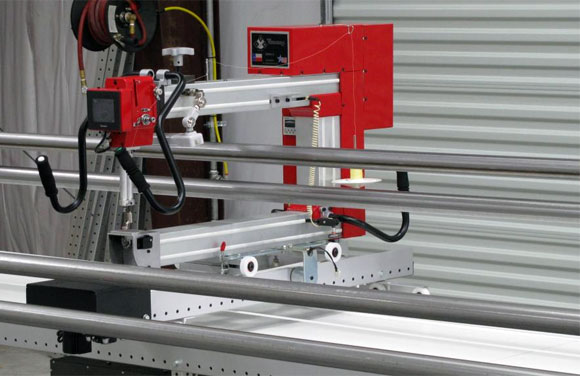
As I wandered the floor of the George R. Brown Convention Center, I was amazed by the quilts I saw on display. They weren't just beautiful. They showed tremendous artistry. The experience was very much like walking through an art gallery.
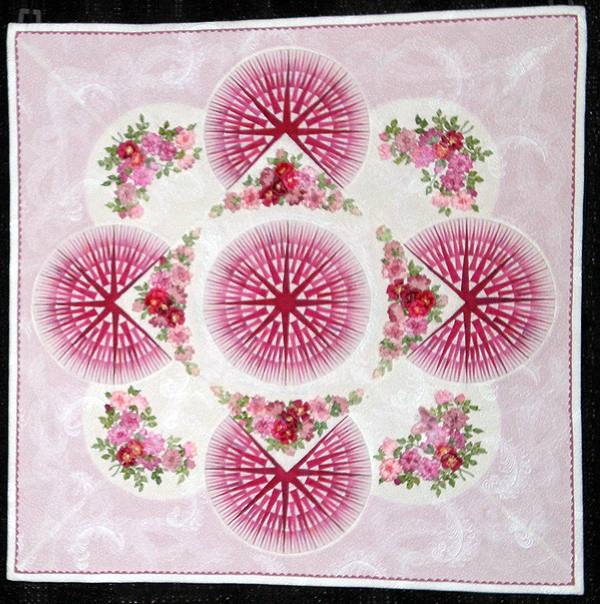
That's really no surprise. Quilts have long been a form of artistic self expression by their makers, virtually all of whom have been women. For much of history, quilts were one of the few acceptable forms of self expression available to women. At times when women painters, sculptors, and musicians were unheard of, a woman could quilt without admonishment. This historical acceptability isn't an American phenomenon. Nor is it European. It's worldwide, as I learned while marveling at African and Japanese quilts.
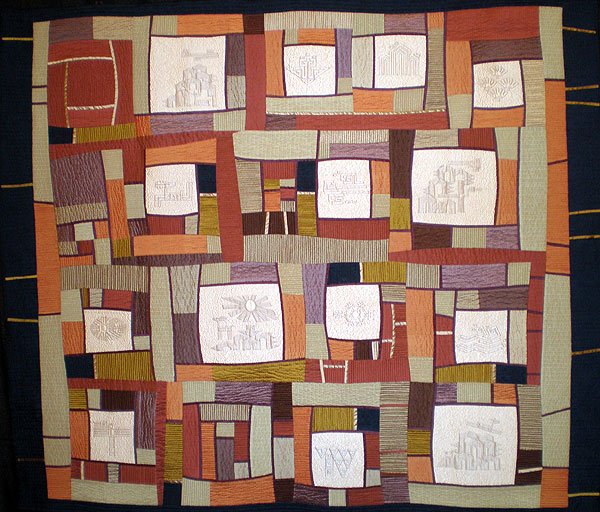
Interestingly, quilting remains almost exclusively the domain of women. Among the hundreds of quilts I encountered, not one was from the hand of a man. Locating another male attendee at the show was akin to finding a needle in a haystack. So was finding a men's restroom, since most had been appropriated.

I love new experiences. They keep the mind fertile. And the Houston quilt show didn't disappoint, thanks to the creativity of a talented group I had the good fortune to learn from.
I'm Andy Boyd at the University of Houston, where we're interested in the way inventive minds work.
Notes and references:
Many thanks to Sue Fishman, who brought the Houston International Quilt Festival to my attention, and who personally took me on a guided tour while introducing me to the many nuances of quilting.
Figures on the spending by U.S. quilters were taken from the Quilts, Inc. Web site, but are attributed to USA Today. An explicit reference isn't provided.
Houston's International Quilt Festival Breaks All-Time Attendance Records. From the Web site of Quilts, Inc., which produces the Houston Quilt Festival: http://www.quilts.com/newHome/news/viewer.php?page=../../pressreleases/y2010/postfqf10. Accessed December 21, 2010.
The picture of the long arm quilting machine is taken from the Web site of ABM International, which manufactures the Innova line of long arm quilting machines. All other pictures by E. A. Boyd.